
Anti-marijuana propaganda during the 1930’s warned would-be users of the drug’s detrimental effects like hysteria, promiscuity, and violent behavior. In the decades that followed, those myths were largely debunked due to changes in public opinion and wider acceptance of the drug during the counter-culture era of the 1960’s. The pro-marijuana movement gained additional momentum with the 1996 passage of California’s proposition 215, which allowed for the sale and medical use of marijuana for patients with HIV and AIDS. Today, many states allow the use of medical marijuana and several have passed legislation allowing recreational marijuana from seed to sale. Now, perhaps more than ever, pro-marijuana propaganda is promoting myths about the safety and benefits of the drug.
Download The New Age of Marijuana white paper
The Institute for a Drug-Free Workplace explores five popular pro-marijuana statements and explains why they are over-reaching opinions and modern day marijuana myths.
1. Marijuana is natural, therefore safe
Because marijuana is a plant, this myth categorizes the drug as a harmless, agricultural product rather than a laboratory-produced illicit drug, like LSD or methamphetamine. The truth is that selective farming has yielded marijuana crops that contain greater levels of THC (the psychoactive ingredient in marijuana) than they once did. According to the National Institute on Drug Abuse, in the 1980’s average THC concentrations were around 4 percent. In 2012, THC concentrations averaged 14.5 percent. And some strains currently contain as much as 30 percent THC.
2. Medical marijuana is only used by the ill and elderly
Glaucoma, HIV, AIDS, and cancer are diseases commonly associated with medical marijuana, helping to reinforce the myth that medical marijuana is only used by the ill or elderly. In reality, healthy, white males between the ages of 18 and 30 are the primary medical marijuana patient demographic.
3. Marijuana is well-regulated
When legislation is passed allowing for the recreational or medical use of marijuana, supporters of the drug couple the change in laws with its effective regulation, a myth that is vague at best. In fact, because marijuana comes from a plant, its chemical makeup, likelihood of contamination, and lack of consistency in agricultural production all contribute to the near impossible task of safe regulation. The Food and Drug Administration offers resources further detailing the current state of cannabis and cannabis-derived product regulation.
4. Marijuana is safe
Marijuana advocates promote that the drug’s only significant side effects include cravings for junk food and sleepiness, enough reasoning for them to categorize this drug as safe. This myth is especially dangerous because marijuana is addictive and has been found to contribute to memory impairment with long-term use. Recently, teenage marijuana use has been linked to compromised brain connections for the strong development of thinking, memory, and learning.
5. Marijuana legalization will reduce prison populations.
If marijuana is legal, then less people will be incarcerated for marijuana-related offenses. This myth assumes that a decrease in arrests will lead to smaller prison populations. Contrary to popular belief, very few people are imprisoned for marijuana use. The Bureau of Justice Statistics, part of the U.S. Department of Justice, reports that less than 0.7 percent of all state inmates are behind bars for marijuana possession-related offenses.
Summary
Marijuana legalization and its effects on our society continue to be polarizing topics. Eighty years ago, the drug was disparaged with sensational myths. Today, the pendulum has swung, and pro-marijuana advocates use new propaganda to promote its use as a safe, lifestyle choice. Facts based on decades of research on the effects of cannabis in humans have helped to debunk many of these modern-day myths. In the end, marijuana continues to be categorized as a Schedule I substance under the Controlled Substances Act due to its ability to cause psychological or physical dependence and employers may continue to drug test candidates and employees based on their drug-free workplace programs.
Design an effective drug testing program with help from our workplace drug testing guide.
For more information about drug testing, visit our website or contact us online.




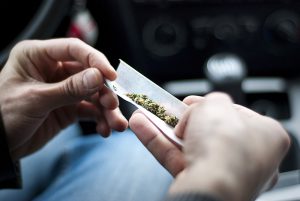
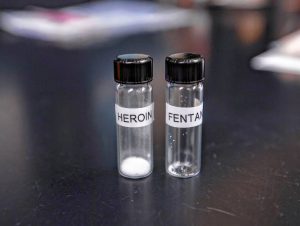


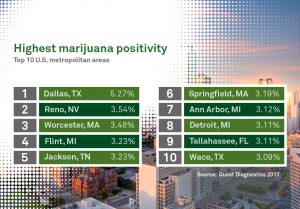
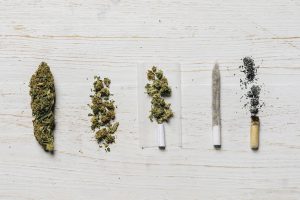

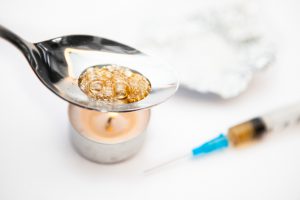

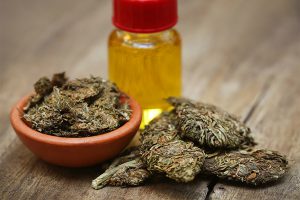
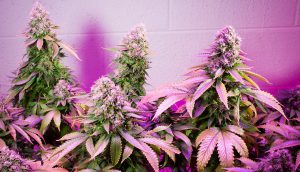
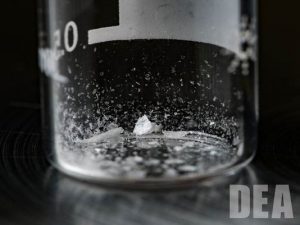





1 comment on “Debunking 5 popular marijuana myths”